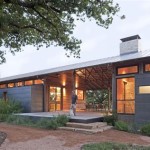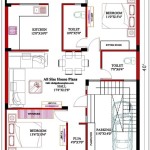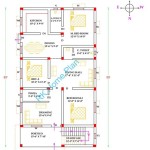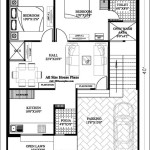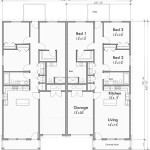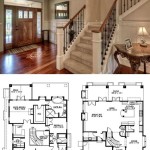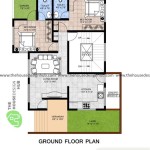Exploring the Floor Plans of English Manor Homes
English manor homes, with their rich history and distinctive architectural features, continue to captivate the imagination. Beyond their grand facades and manicured gardens, the floor plans of these stately residences reveal a fascinating glimpse into the lives of their inhabitants. This article delves into the key characteristics of English manor home floor plans, providing an understanding of their layout, design considerations, and evolution over time.
The Hall and Its Significance
At the heart of most English manor homes lies the grand hall, a spacious central area often spanning two stories. This impressive space served multiple purposes, acting as both a formal reception area and a gathering place for family and guests. The hall's imposing size and grandeur reflected the owner's wealth and status. It was the focal point of the manor, setting the tone for the rest of the house.
In earlier centuries, the hall was the most important room in the manor, with the kitchen and living quarters located within its walls. As times changed, the hall gradually transitioned into a more ceremonial space, while separate rooms for dining, living, and sleeping were added. However, the hall retained its importance as a central gathering place and a symbol of the manor's grandeur.
Distinct Zones for Living and Serving
English manor homes typically feature distinct zones for different aspects of life, reflecting the hierarchical structure of society during their era. The main floor was dedicated to the family's living quarters, while the servants' living and working spaces were located on the upper floors or in separate wings of the manor. This separation between the family's domain and the service quarters was a common feature of English manor homes, emphasizing the social order of the time.
The living quarters included a series of rooms, such as the drawing-room, dining room, and library, each designed for specific purposes. The drawing-room served as a formal reception area for guests, while the dining room hosted grand meals and celebrations. The library provided a space for study and contemplation, reflecting the growing importance of intellectual pursuits among the upper classes.
Evolution of the Floor Plan: From Simplicity to Complexity
English manor home floor plans have evolved significantly over time, reflecting changing social customs, technological advancements, and architectural styles. Early manor houses were often simpler in design, with fewer rooms and a more functional approach to layout. As society progressed, the floor plans became more elaborate and complex, with dedicated spaces created for a wider range of activities.
The introduction of new technologies, such as plumbing and heating systems, also influenced the development of manor home floor plans. By the 19th century, English manor homes often incorporated advanced features like centralized heating, multiple bathrooms, and sophisticated lighting systems. These improvements created a more comfortable and luxurious living environment for the occupants.
Furthermore, the rise of architectural styles like Gothic Revival and Arts and Crafts influenced the design of manor homes. These movements emphasized handcrafted details, natural materials, and a focus on craftsmanship, adding a distinct aesthetic dimension to the floor plans.

English Mansion House Plans From The 1800s Floor Country Plan

Floor Plans English Manor Vanbrouck Associates Luxury Residential Design

Bi S Hatfield Manor House Plans Country Floor Plan

On English Country Houses House Floor Plan Castle Plans

English Mansion House Plans From The 1800s Manor Houses

Eastbury Manor House Country Floor Plan Plans

Floor Plans English Manor Vanbrouck Associates Luxury Residential Design

Image Result For Old English Manor Layout Country House Plans Mansion Floor Plan

Greenwich Country House Floor Plan Victorian Plans Manor

English Manor House 5498lk Architectural Designs Plans

